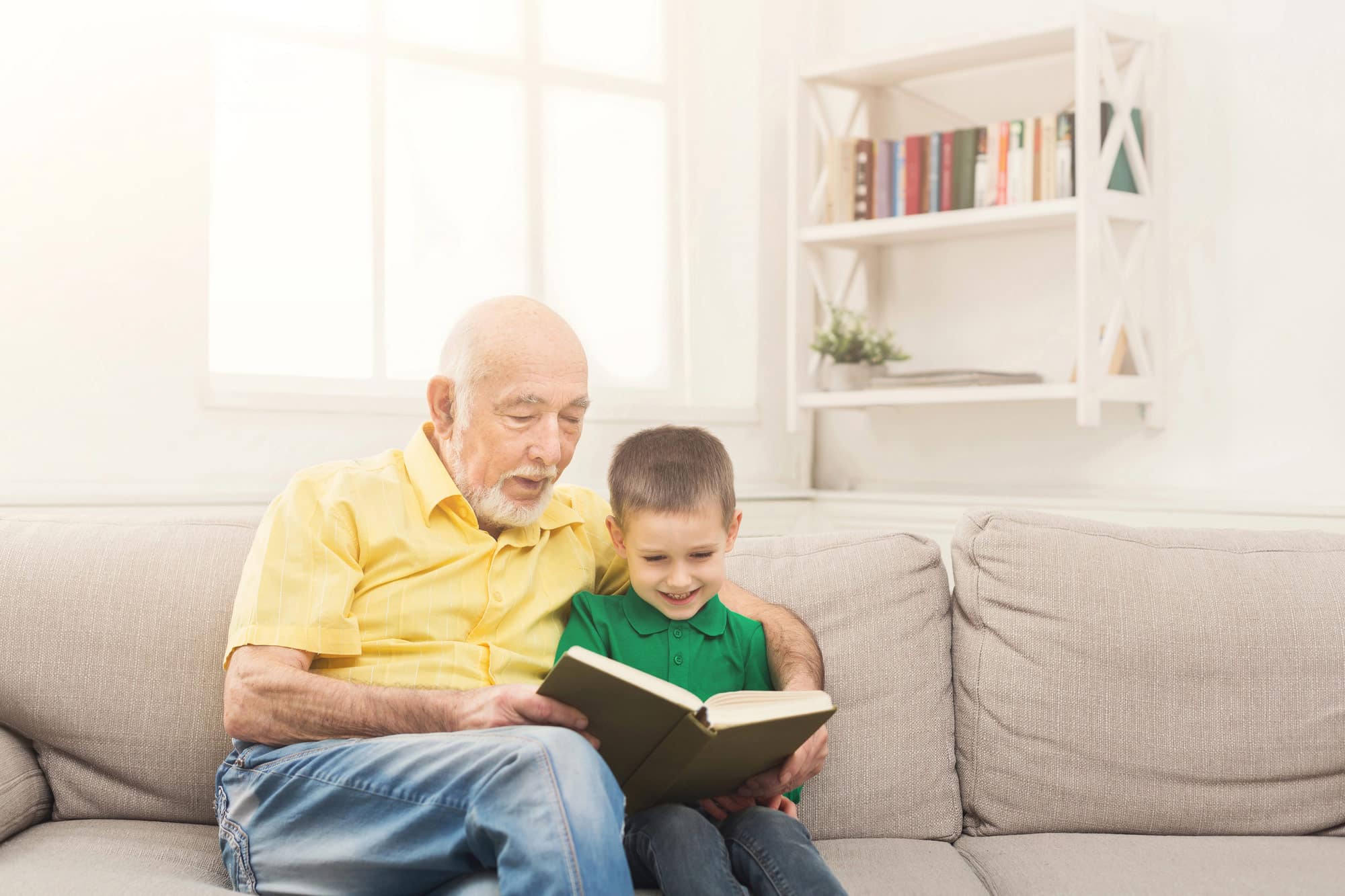In today’s fast-paced world, building bridges between generations is more important than ever. In many Phoenix senior communities, innovative programs are connecting older adults with younger generations to share wisdom, create lasting memories, and foster mutual respect. This article explores the benefits of intergenerational initiatives in Phoenix, highlighting programs that bring seniors, children, and even young adults together in enriching, heartwarming ways.

The Value of Intergenerational Programs
Intergenerational programs are based on the simple idea that every generation has something valuable to offer. For seniors, sharing their experiences and life lessons can reinforce their sense of purpose and self-worth. For younger people, learning from those who have lived through different eras provides unique insights and often instills a deeper respect for tradition and community. In Phoenix, several assisted living and senior communities have launched programs designed to facilitate these interactions—whether it’s through school partnerships, volunteer projects, or community events.
Programs in Action: Phoenix Success Stories
One inspiring example comes from a local assisted living facility that partnered with a nearby elementary school. Every month, students visit the community to participate in “Grandparent Day” activities. They listen to seniors share stories of Phoenix’s past, learn traditional crafts, and even perform simple plays based on historical events. The children leave with a newfound appreciation for history and a personal connection to the older generation. Meanwhile, the seniors find joy in passing on their legacy and feeling valued once again. In another case, a senior community in Phoenix hosts weekly technology classes where young volunteers teach residents how to use smartphones, tablets, and social media. The roles reverse as the seniors then share their own skills—like storytelling, cooking traditional recipes, or local history—which enriches both groups.
Benefits for Seniors
For seniors, the benefits of intergenerational engagement are numerous. Social isolation and loneliness are common concerns among older adults, but regular interaction with younger people can provide much-needed companionship and mental stimulation. Many seniors have found that these interactions help combat depression and stimulate cognitive function by sparking memories and conversations about the “old days.” Additionally, being in an environment where youth is celebrated often instills a renewed sense of energy and hope. When seniors share their experiences, they are not only remembered but also seen as valuable contributors to the community’s future. This validation can greatly enhance emotional well-being and encourage an active, engaged lifestyle.
Benefits for Younger Generations
The impact on younger generations is equally profound. In a world where technology and rapid change can sometimes create a disconnect from history and tradition, intergenerational programs provide an invaluable educational resource. Children learn not just facts from textbooks, but real-life lessons about resilience, compassion, and community spirit. Many young people who participate in these programs report feeling more grounded and appreciative of the older generation’s contributions. They learn to see seniors not as relics of the past, but as dynamic individuals with rich stories and wisdom to share. In some cases, these interactions have even inspired career interests in fields such as healthcare, education, or social work.
Building Sustainable Connections
Successful intergenerational programs rely on thoughtful planning and genuine engagement. Phoenix communities that have excelled in this area often involve local schools, community centers, and even businesses in their initiatives. Programs are designed to be mutually beneficial rather than one-sided. For example, in a “Shared Stories” project, seniors and high-school students are paired together for a semester-long project where each duo creates a multimedia presentation on the senior’s life journey. This not only documents valuable histories but also creates a lasting bond between participants. Furthermore, such projects are celebrated at community events, reinforcing the value of cross-generational cooperation and ensuring that the connection continues beyond a single session.
Overcoming Challenges and Misconceptions
Despite the many benefits, some challenges remain. Generational gaps in language, interests, or even technological fluency can sometimes hinder communication. However, many Phoenix communities address these challenges by offering orientation sessions for both seniors and younger participants. These sessions include basic lessons on digital communication for seniors and empathy workshops for youth, ensuring that everyone understands each other’s perspectives. By setting clear goals and expectations, these programs foster an environment where differences are celebrated rather than seen as obstacles.
The Role of Caregivers and Community Leaders
Behind every successful intergenerational program is a team of dedicated caregivers and community leaders who understand the importance of these connections. Staff members in Phoenix assisted living communities often act as facilitators, matching seniors with younger volunteers based on shared interests and ensuring that every session runs smoothly. Their efforts help create an atmosphere of mutual respect and enthusiasm. When community leaders champion these programs, they not only secure funding and resources but also elevate the status of seniors in the public eye. This can lead to broader societal shifts, where the contributions of older adults are recognized and valued across all sectors.
Intergenerational connections have the power to transform communities, enriching the lives of seniors and younger people alike. In Phoenix, assisted living communities that embrace these programs are fostering an environment where history meets the future, and where every generation learns from the other. By creating opportunities for genuine interaction, sharing, and collaboration, these programs not only combat isolation but also build a stronger, more inclusive community. The result is a vibrant, dynamic environment where seniors feel respected and younger generations gain priceless insights—truly bridging the gap between the old and the new.

